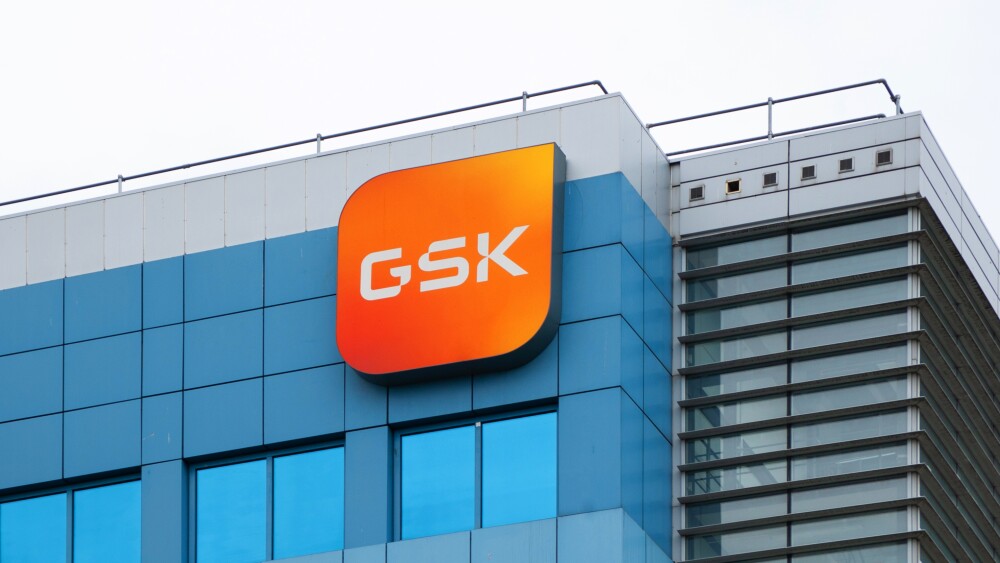Many drugs for Alzheimer’s disease have demonstrated promise in early and mid-stage clinical trials, but then go on to fail in larger late-stage trials. It’s too early to know if that will be the case with Eli Lilly’s donanemab, but it showed unusually good primary results in a Phase II trial, with decidedly mixed secondary endpoint results.
Donanemab showing positive results. (Cristina Arias/Getty Images)
Many drugs for Alzheimer’s disease have demonstrated promise in early and mid-stage clinical trials, but then go on to fail in larger late-stage trials. It’s too early to know if that will be the case with Eli Lilly’s donanemab, but it showed unusually good primary results in a Phase II trial, with decidedly mixed secondary endpoint results.
The company presented results at the 15th International Conference on Alzheimer’s & Parkinson’s Diseases 2021 held from March 9-14, and was published simultaneously in the New England Journal of Medicine. The drug met its primary endpoint, demonstrating significant slowing of decline on the integrated Alzheimer’s Disease Rating Scale (iADRS). The iADRS is a composite measure of cognition and daily function.
That was very promising results. “I have been in this field a long time,” said Marwan Sabbagh, director of translational research at the Cleveland Clinic Lou Ruvo Center for Brain Health in Las Vegas, who was not involved in the research. “This is some of the best Phase II data I have seen, hands down.”
The secondary endpoints were decidedly more problematic. Patients receiving donanemab performed numerically better on several other dementia rating scales compared to placebo, but in some cases, the differences weren’t statistically significant. Donanemab consistently slowed cognitive and functional decline, but all the various secondary endpoints, including Clinical Dementia Rating Scale Sum of Boxes (CDR-SB), Alzheimer’s Disease Assessment Scale-Cognitive (ADAS-Cog13), Alzheimer’s Disease Cooperative Study-instrumental Activities of Daily Living (ADCS-iADL), Mini-Mental State Examination (MMSE) had ranges between 20 and 40%. In addition, prespecified exploratory analysis showed that the drug slowed the accumulation of tau across key brain regions in Alzheimer’s patients.
David Knopman, a neurologist and dementia researcher at the Mayo Clinic in Rochester, Minnesota, said that given the number of previous Alzheimer’s clinical trial failures, “I was impressed by these results.” He described it as “a small but significant clinical benefit.” He also said the results needed to be confirmed in another trial.
Two abnormal proteins have been associated with Alzheimer’s disease, amyloid beta and tau. Donanemab is an antibody that targets a modified form of amyloid beta deposits.
In the trial, at 76 weeks, treatment with donanemab slowed cognitive decline by 32% compared to placebo as measured by the iADRS, which was statistically significant. A significant difference in decline by iADRS was observed as early as 36 weeks. Also, 40% of patients receiving donanemab achieved amyloid negativity as early as six months after beginning treatment and 68% hit the mark by 18 months.
“Tau has become increasingly validated as a predictive biomarker for Alzheimer’s disease progression, as shown again in this trial,” said Liana G. Apostolova, Indiana University Distinguished Professor and Barbara and Peer Baekgaard Professor in Alzheimer’s Disease Research at IU School of Medicine. “A key insight of the results from the TRAILBLAZER-ALZ study is that donanemab not only significantly reduced the amount of amyloid deposition in these patients but also slowed the clinical progression of the disease suggesting that this could be a disease-modifying therapy. We believe these amyloid and tau imaging data lay the foundation for precision medicine-based Alzheimer’s disease treatments.”
The safety profile was consistent with that seen in the Phase I data. There were amyloid-related imaging abnormalities - edema (ARIA-E) in 26.7% of treated participants, with an overall incidence of 6.1% experiencing symptomatic ARIA-E. Other common adverse events were microhemorrhages (7.6%) and superficial siderosis of the central nervous system (13.7%), nausea (10.7%), and infusion-related reaction (IRR) (7.6%). Almost a third of patients in the donanemab treatment arm, 30.5%, discontinued treatment due to an adverse event and half of those were due to ARIA-related events.
“As a clinician and researcher, I’m particularly encouraged by the significant plaque lowering and the slowing of decline with donanemab,” said Stephen P. Salloway, Director of the Memory and Aging Program and the Department of Neurology at Butler Hospital and Martin M. Zucker Professor of Psychiatry and Human Behavior, Department of Neurology, Warren Alpert Medical School of Brown University. “The donanemab results are a significant and encouraging milestone for people impacted by Alzheimer’s disease and we are eager to continue on in this fight.”





